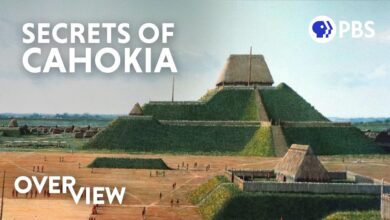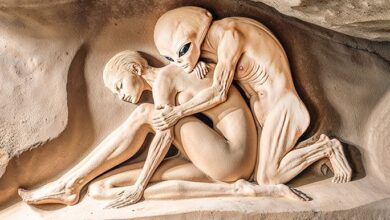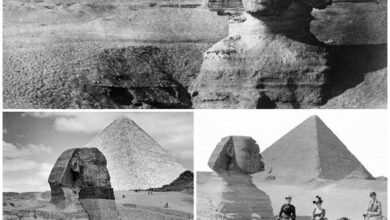This Massive Egyptian Observatory Is Unlocking Celestial Secrets of an Ancient Culture
The 2,500-year-old building with roots in both science and religion helped track the movement of the sun and stars
:focal(640x597:641x598)/https://tf-cmsv2-smithsonianmag-media.s3.amazonaws.com/filer_public/06/6b/066b46f1-d4c2-483b-bbe2-6a275806a147/456535573_895207849307429_8764342436561754438_n.jpg)
Archaeologists in Egypt have just uncovered a truly stellar find—a sixth century B.C.E. astronomical observatory in the ancient city of Kafr El-Sheikh. Egypt’s Ministry of Tourism and Antiquities posted the news in an Arabic Facebook statement last week. The observatory, made from mud bricks, is the largest and oldest of its kind in the region, spanning nearly 10,000 square feet.
Evidence shows that ancient Egyptians studied the movement of the stars and sun, which affected important religious and agricultural events. The new research is shedding insight into these practices
Mohamed Ismail Khaled, secretary-general of Egypt’s Supreme Council of Antiquities, praised the discovery as an important milestone that “confirms the ingenuity and skill of the ancient Egyptians in astronomy since ancient times” in the statement, per Google Translate.
/https://tf-cmsv2-smithsonianmag-media.s3.amazonaws.com/filer_public/b3/b8/b3b80d04-137f-43ef-8e72-f8cf7613c608/456478413_894898059338408_2914742567512670277_n.jpg)
The entrance hall of the observatory faces east towards the sunrise. According to experts, its “L” shaped design adorned with columns resembles those of Egyptian temples—meaning the building was not strictly scientific, but also used for religious and ceremonial matters.
Supporting this claim, a treasure trove of religious artifacts, including statues, pottery, offering tables, jewelry, measuring tools and various other items, was found in the observatory. The building also contains a large slanted sundial, a significant time-measuring tool for ancient cultures, made from over 15-foot-long limestone blocks.
“The Egyptians were among the most adept astronomers in ancient history, and their legacy echoes to this day,” explains Science Alert‘s Michelle Starr. “It was in ancient Egypt that the 365-day calendar was born, and the 24-hour day. They completely mapped the night sky, and had their own constellations and zodiac, some signs of which are still recognized today.”
/https://tf-cmsv2-smithsonianmag-media.s3.amazonaws.com/filer_public/98/59/9859f20d-cc4e-461c-8f76-ec0ee351f05b/456590553_894898266005054_7115820637992015400_n.jpg)
The hall also contains a stone platform with engravings about astronomical events, such as sunrises and sunsets throughout the Egyptians’ three seasons, per the statement. One drawing depicts a ritual boat with images of the falcon-headed god Horus and the Eye of Wadjet. The decorative stone provides details about the way in which Egyptians thought about time and how they understood the sky and heaven.
According to Artnet News, “The study of celestial objects ran throughout ancient Egyptian culture,” and “religious events were fixed by the movements of the sun and moon.” This blending of mythology and astronomy is evident in the new discovery. For example, a statue of Osiris, the god of the afterlife who is linked to the constellation Orion, was found in the observatory.
The newly discovered observatory aligns with the ministry’s mission to uncover more about daily life and the beliefs of this historic culture. Further research will undoubtedly continue to illuminate the complicated connection between science and religion in ancient Egypt.








